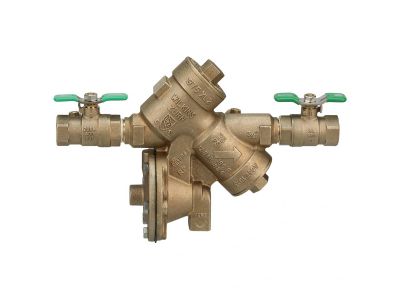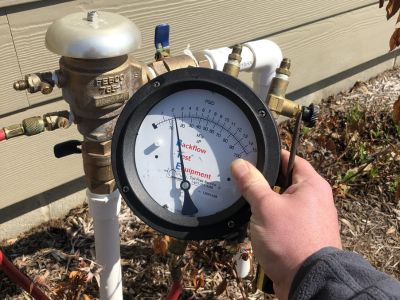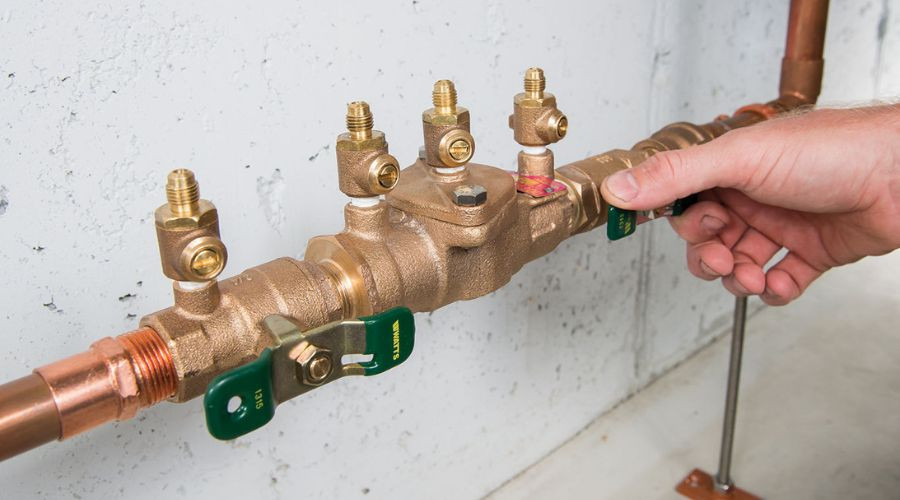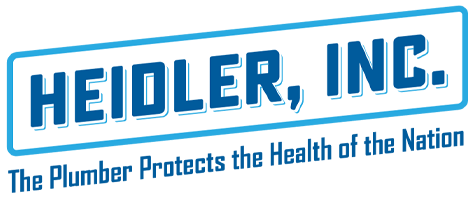FAQs About Backflow
While water is the safest and most convenient it has ever been, most people don’t understand the vast amount of infrastructure and work it takes to keep water clean and readily available. Water is the perfect carrier for many different chemicals and harmful organisms. Under certain conditions, these pollutants and pathogens can find their way into the safe water supply.
One of the most common conditions that causes contamination of safe water is called backflow. The fluid dynamics in plumbing are such that under the right conditions, water can be siphoned backward through the system. When this occurs, contaminated water mixes with safe water and can endanger everyone on that section of the water grid. Everyone should be familiar with certain devices that prevent backflow and practices like backflow testing to help keep water safe. Here is a quick guide to backflow, answering some commonly asked questions about backflow.
What Happens During Backflow?
In fluid dynamics, there is a process called siphoning. In its simplest form, it looks like a third-grade science experiment where a tube pulls water from a higher bowl to a lower bowl with no mechanical help. The principle behind a siphon is the fact that there is a pressure differential across the tubing. The same thing can happen in plumbing, but it is called backflow.
Backflow generally occurs under circumstances that generate a pressure differential. When a high demand occurs in a large pipe, it can siphon water backward from smaller pipes, like when a water main ruptures. If the proper precautions aren’t in place, the smaller lines will pull whatever fluid they are in contact with backward into the system. This can include anything from sewage and groundwater to chemicals.
How Is Backflow Prevented in Plumbing?
 Since backflow poses such a threat to clean water supplies, rigorous standards are in place to prevent backflow. The easiest and simplest way to prevent backflow is to leave an air gap between the supply and drain lines. These are common in homes in places like sinks and overflows for water heaters.
Since backflow poses such a threat to clean water supplies, rigorous standards are in place to prevent backflow. The easiest and simplest way to prevent backflow is to leave an air gap between the supply and drain lines. These are common in homes in places like sinks and overflows for water heaters.
Air gaps are not always appropriate where piping is concerned, so devices called backflow preventers can also be used. In the home, they are common on irrigation systems and sometimes near the service entrance where water lines enter the house. Most commonly, they are in industrial settings protecting huge water lines.
How Often Should Backflow Devices Be Tested?
 Backflow devices are crucial for keeping the water supply safe, so they must be tested for proper operation by qualified experts. Backflow devices are essentially more reliable check valves that ensure that water only flows in one direction through piping so that, in the event of a pressure differential, no contaminated water will enter the plumbing.
Backflow devices are crucial for keeping the water supply safe, so they must be tested for proper operation by qualified experts. Backflow devices are essentially more reliable check valves that ensure that water only flows in one direction through piping so that, in the event of a pressure differential, no contaminated water will enter the plumbing.
Backflow prevention devices are required to be tested annually. This allows plumbers to ensure they operate as expected and correct deficiencies. Having them tested routinely is essential not only to protect a home’s water supply but also to prevent the contamination of multiple homes' water and the spread of waterborne diseases.
About Heidler, Inc.
Heidler, Inc. is a family-owned and operated business that has been serving Annapolis and the surrounding areas for over 70 years. They offer flat rates, live assistance, and a maintenance club. Call them today for backflow testing and certification in Annapolis, MD.


